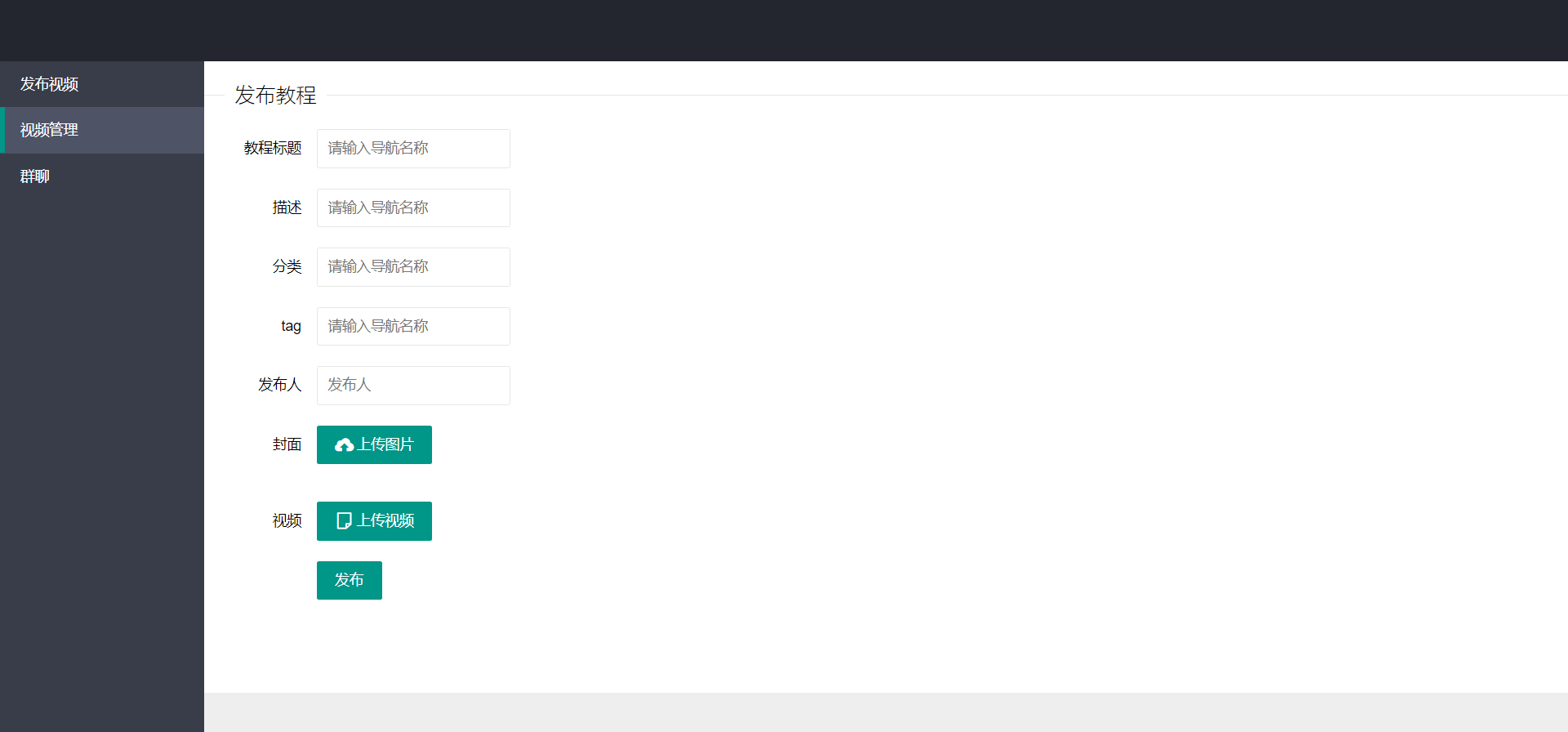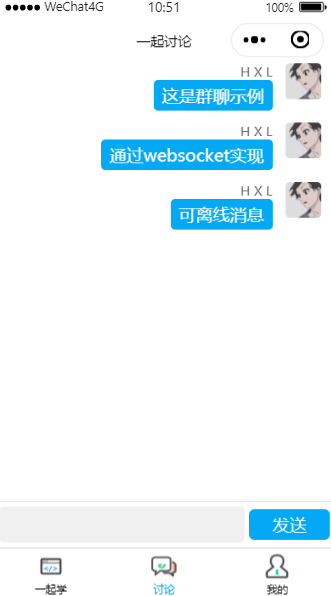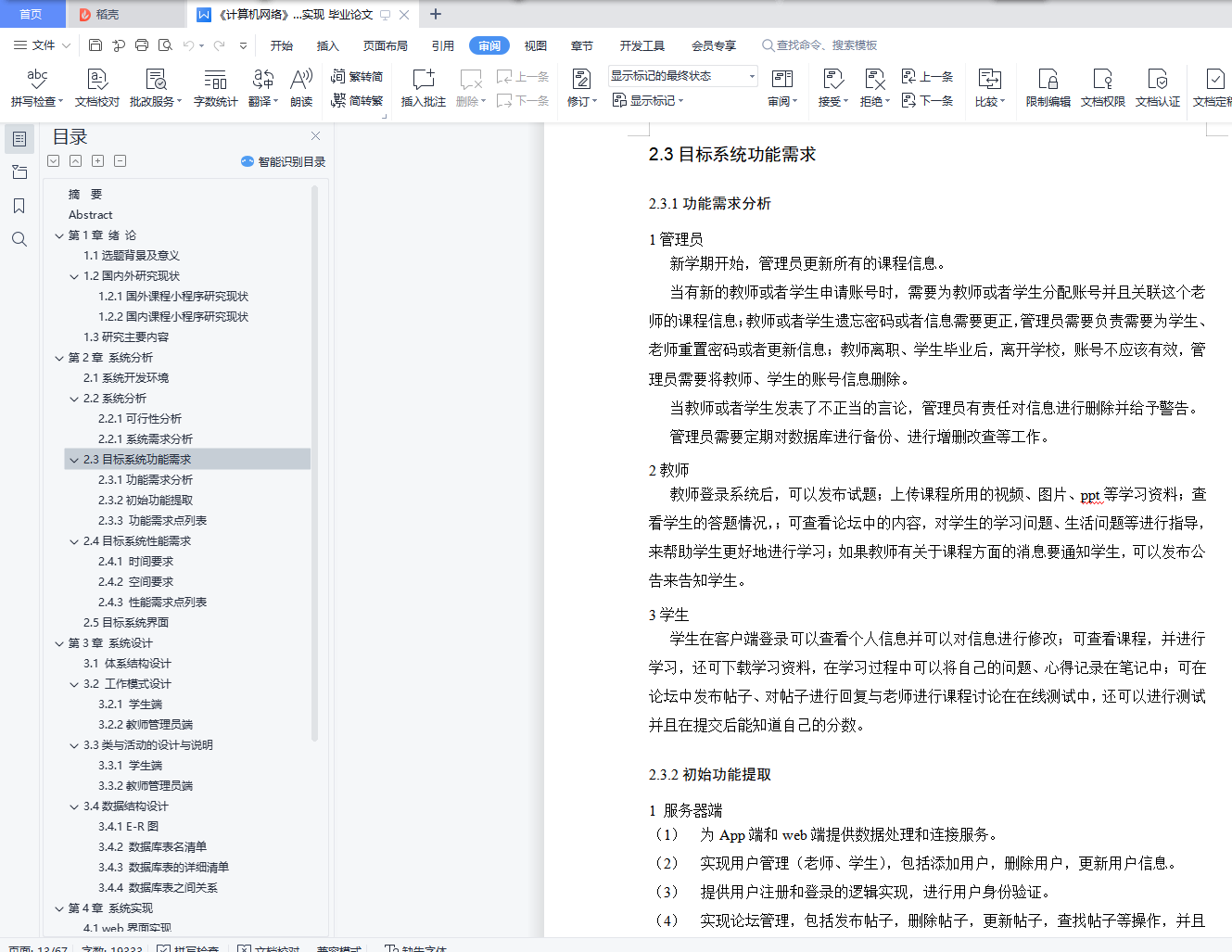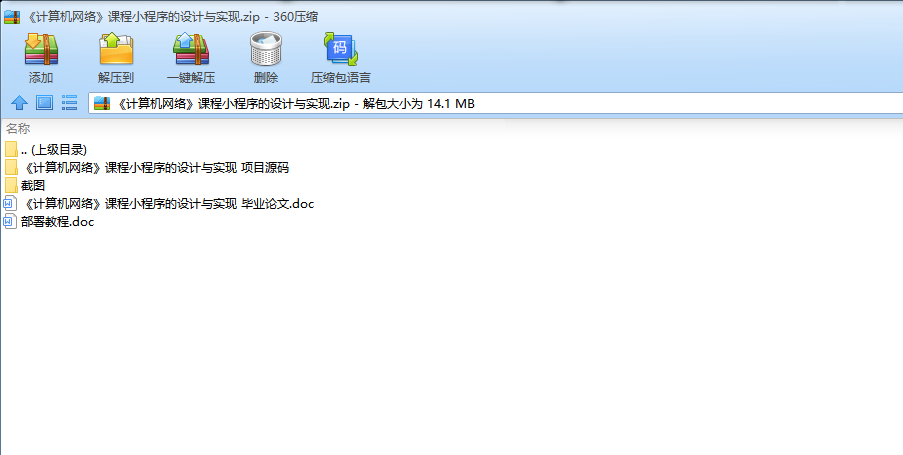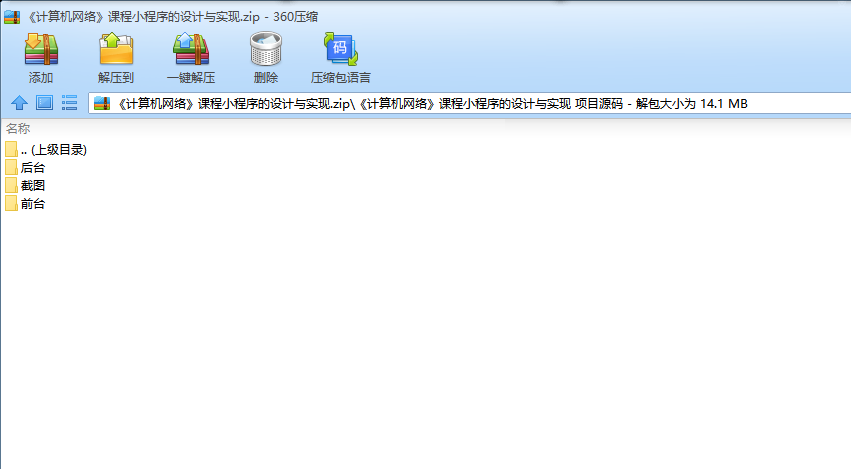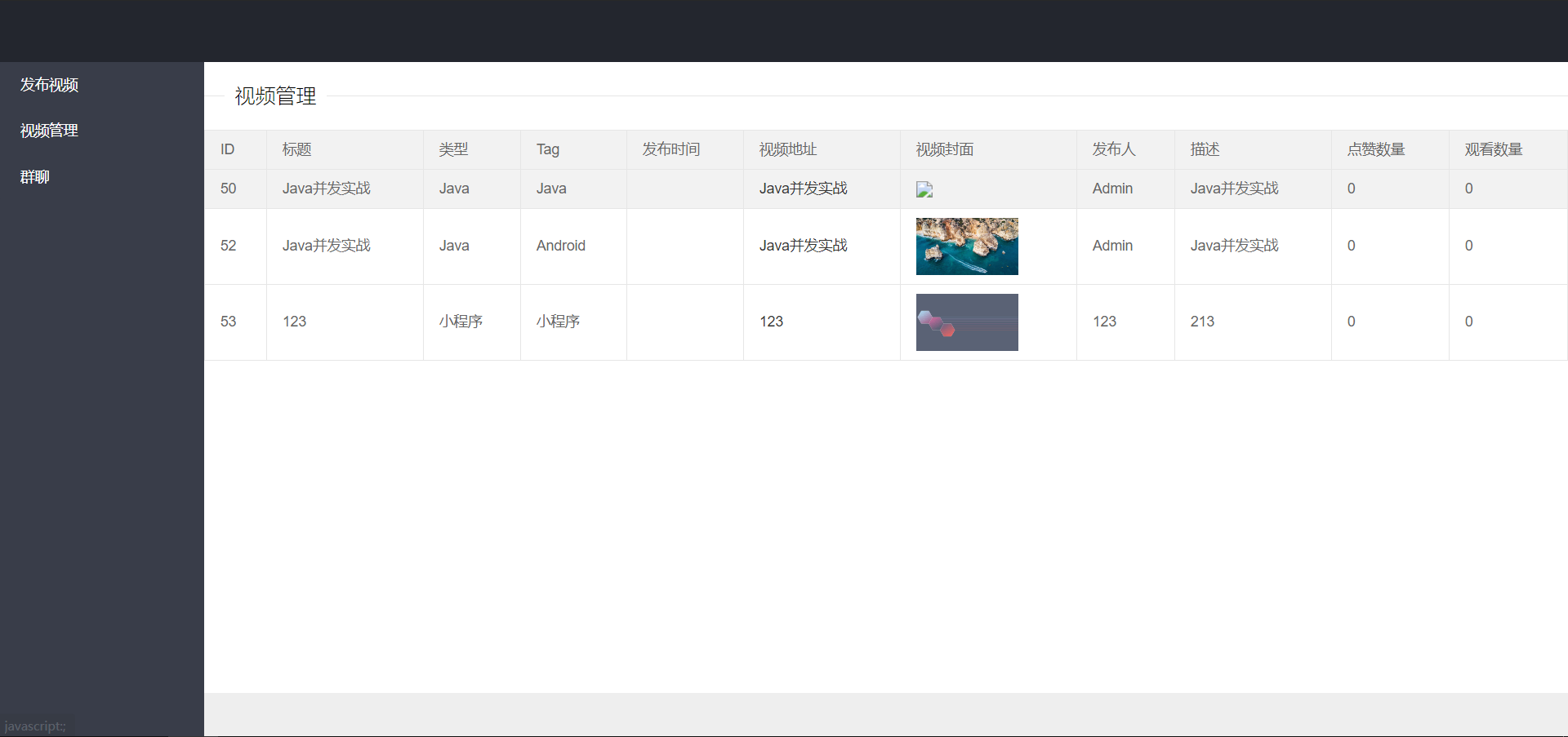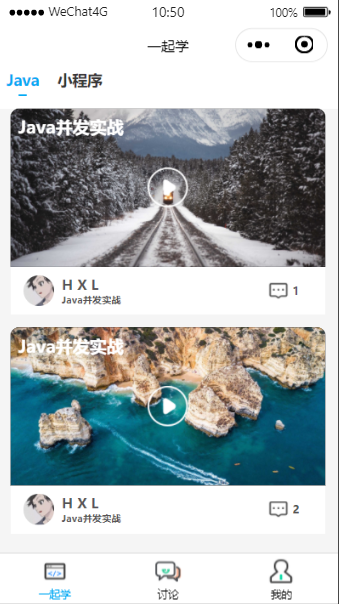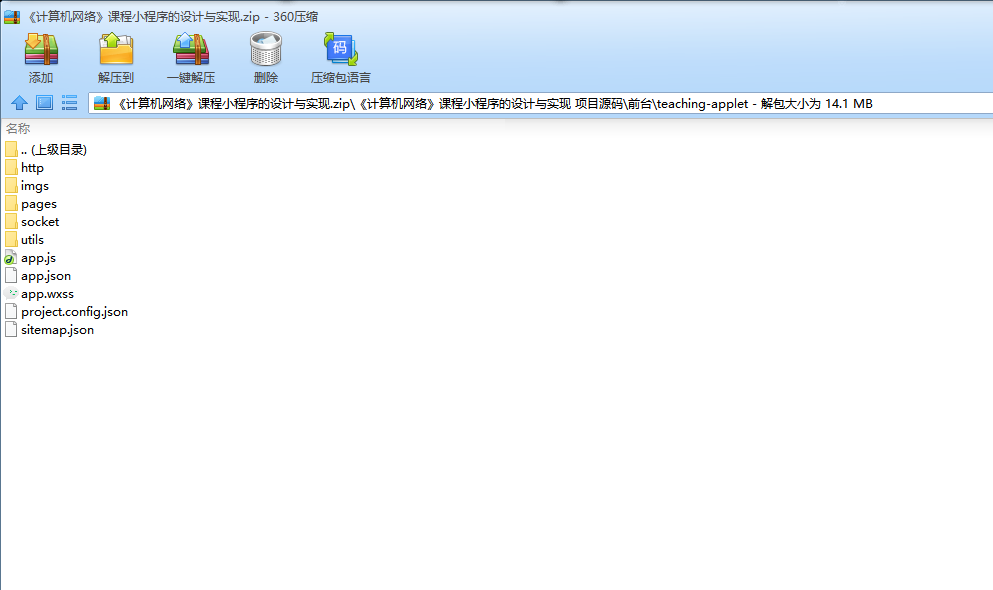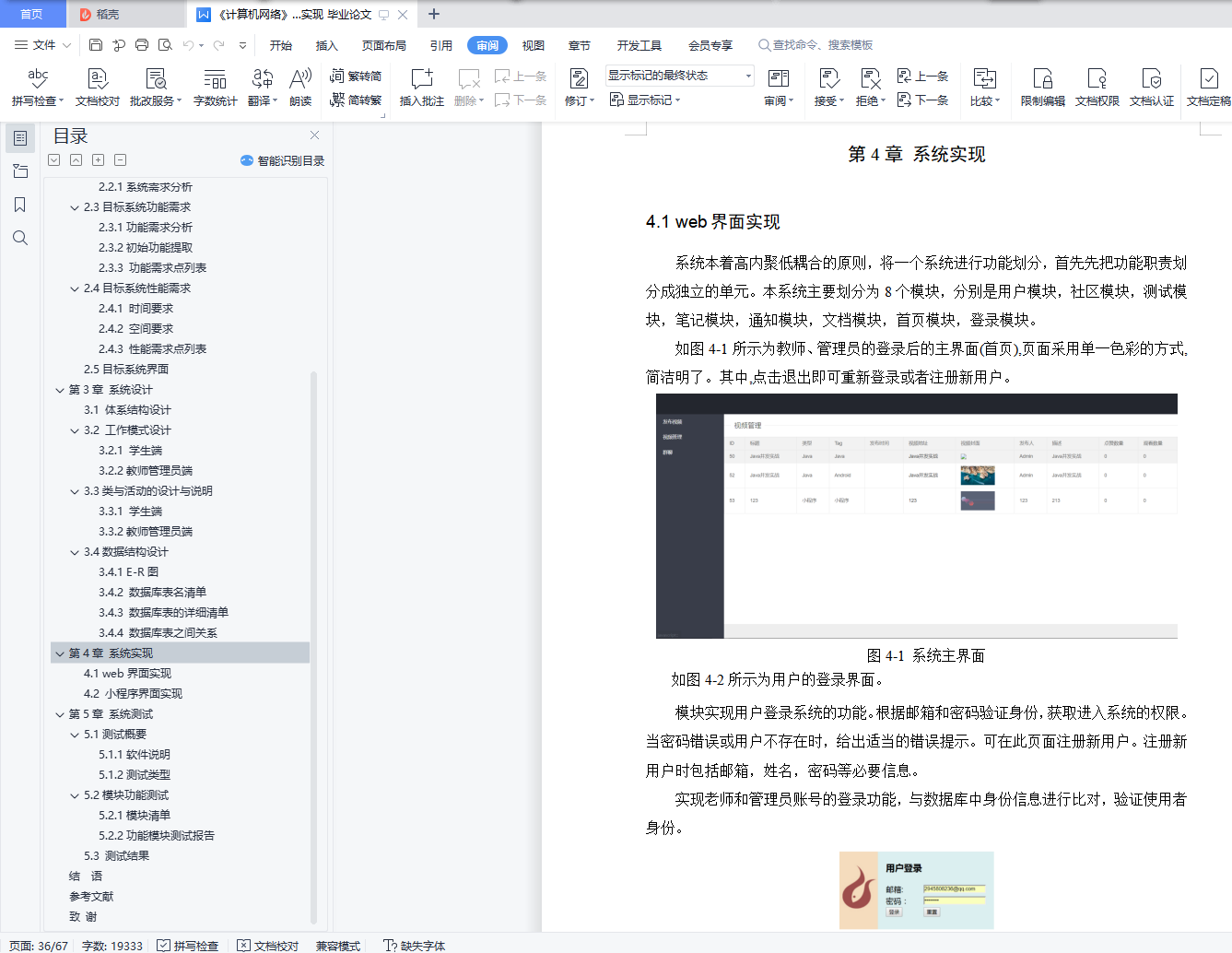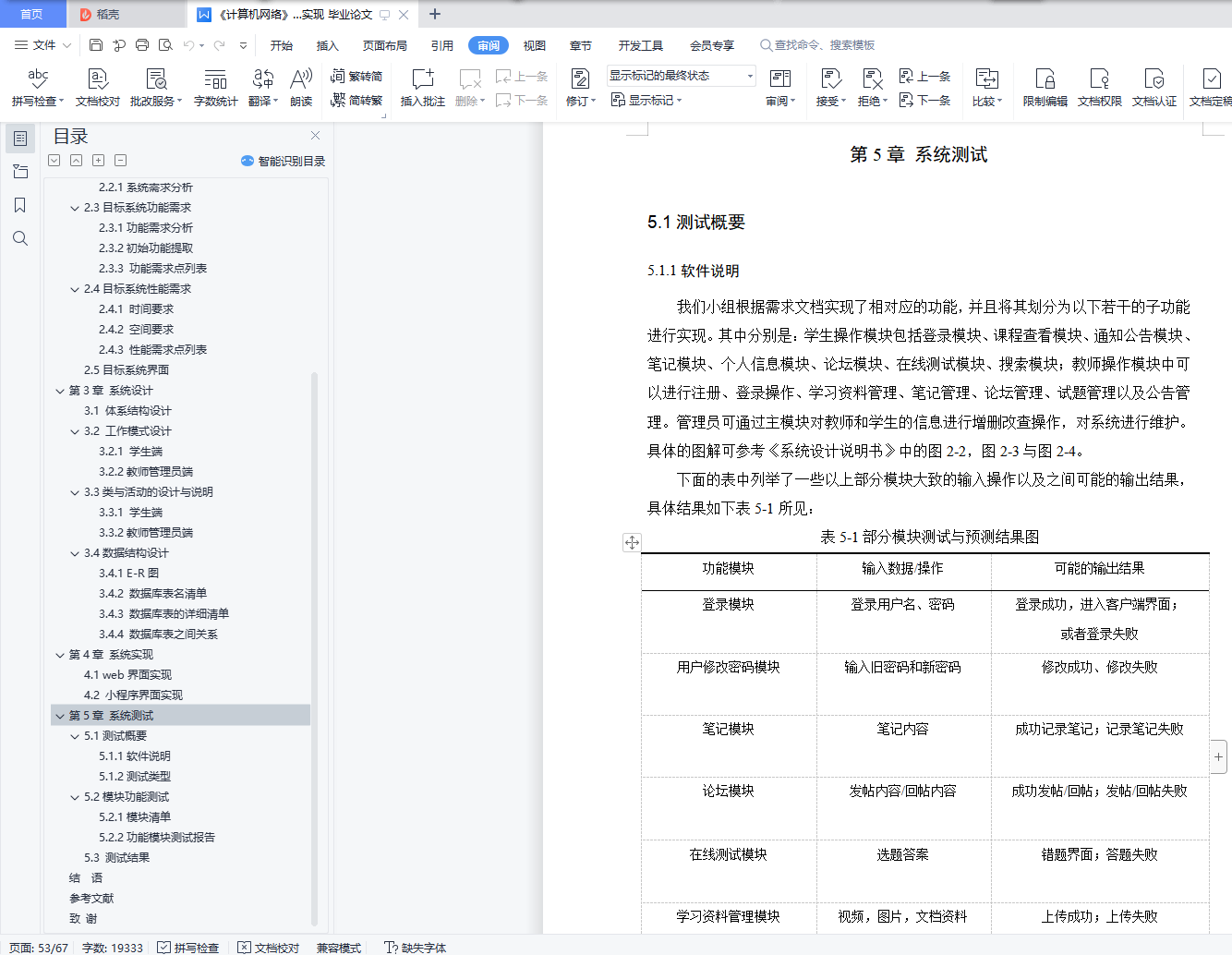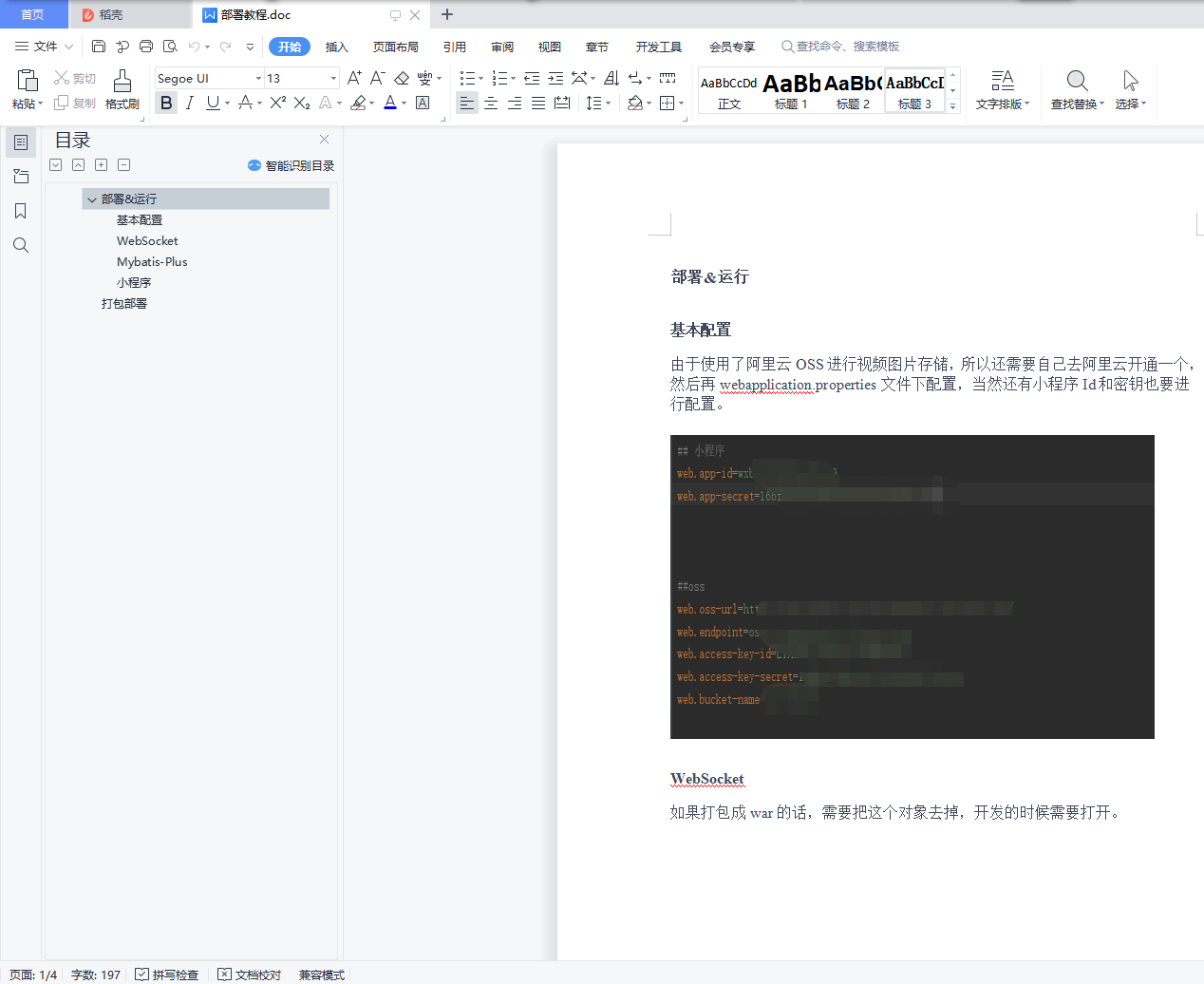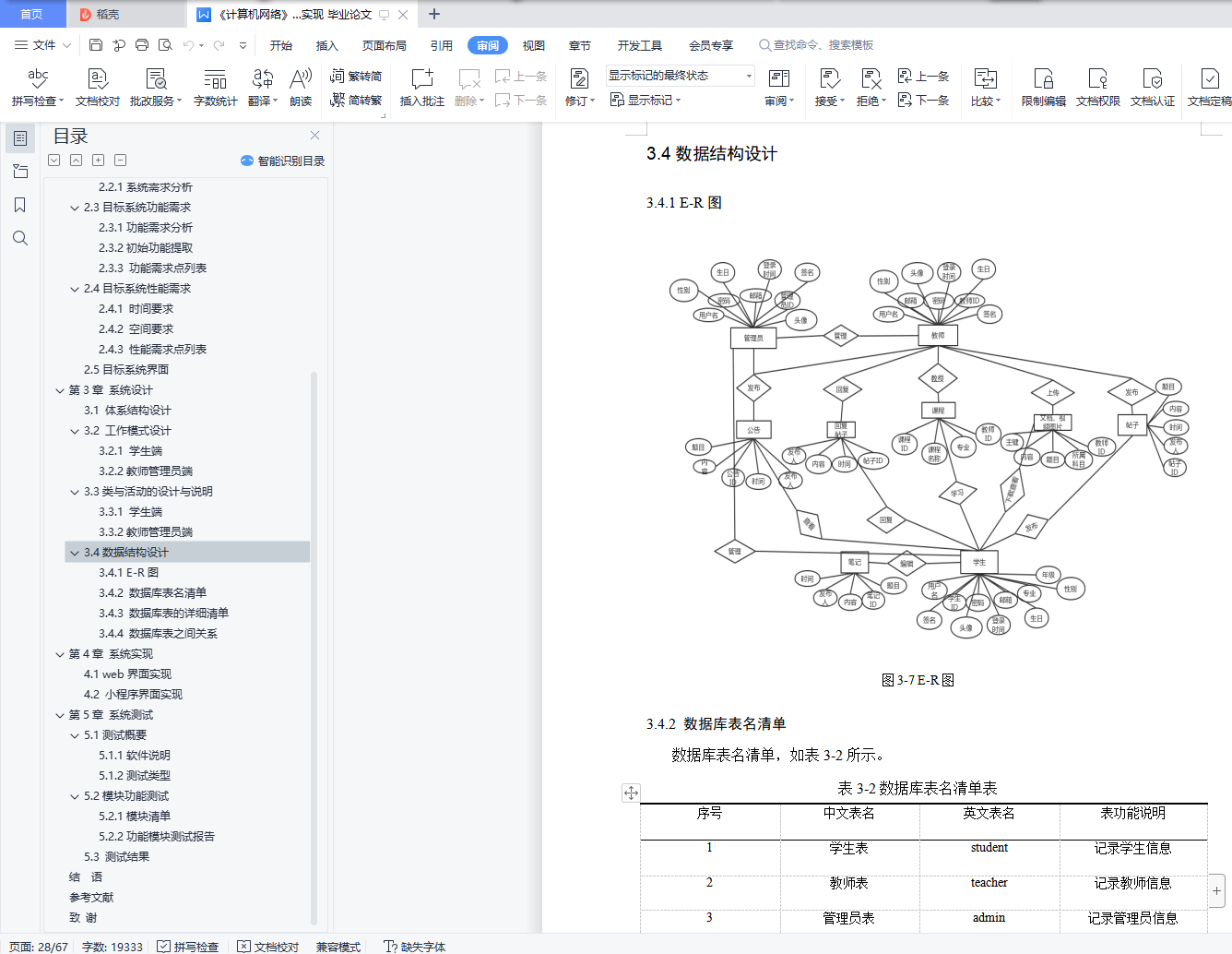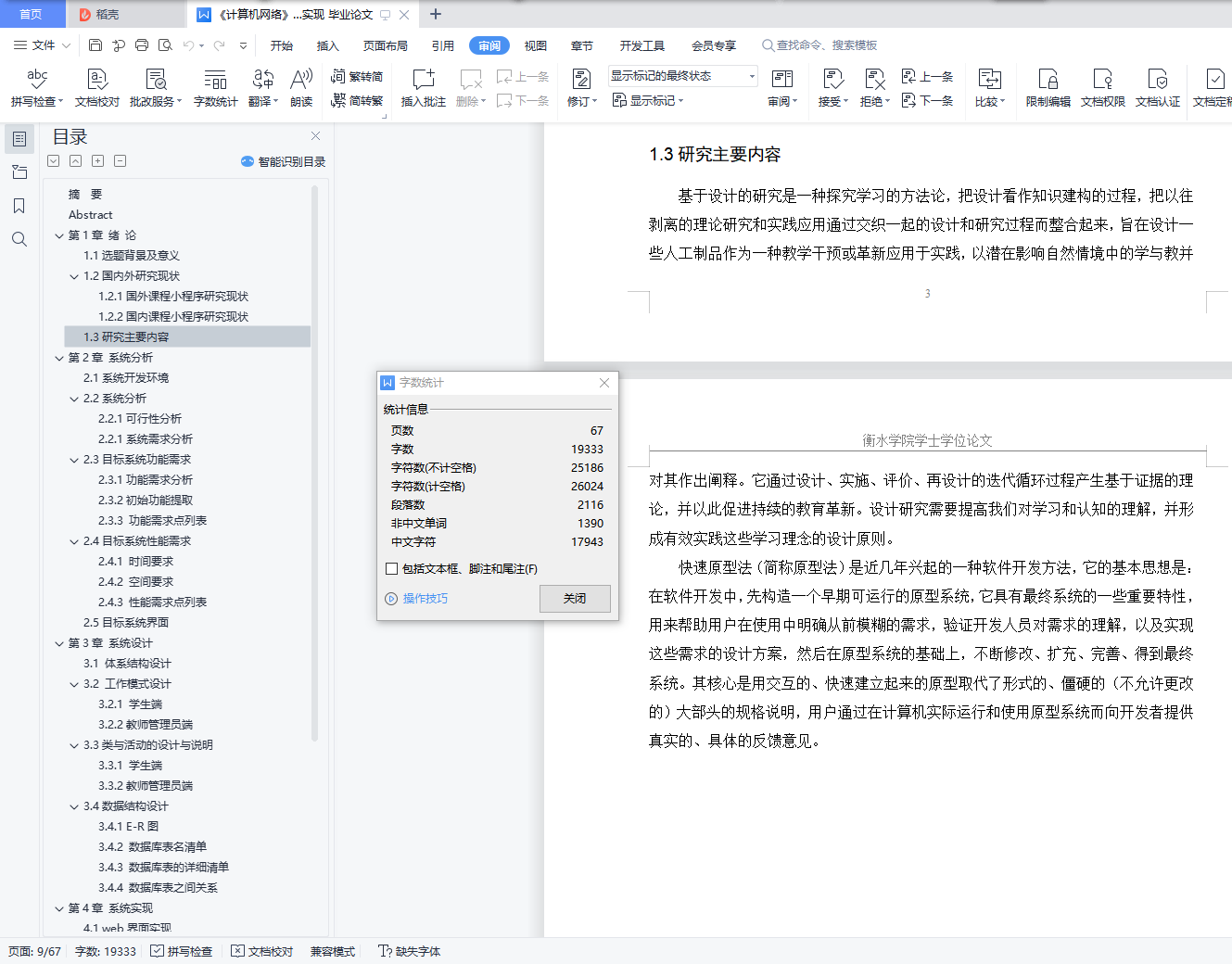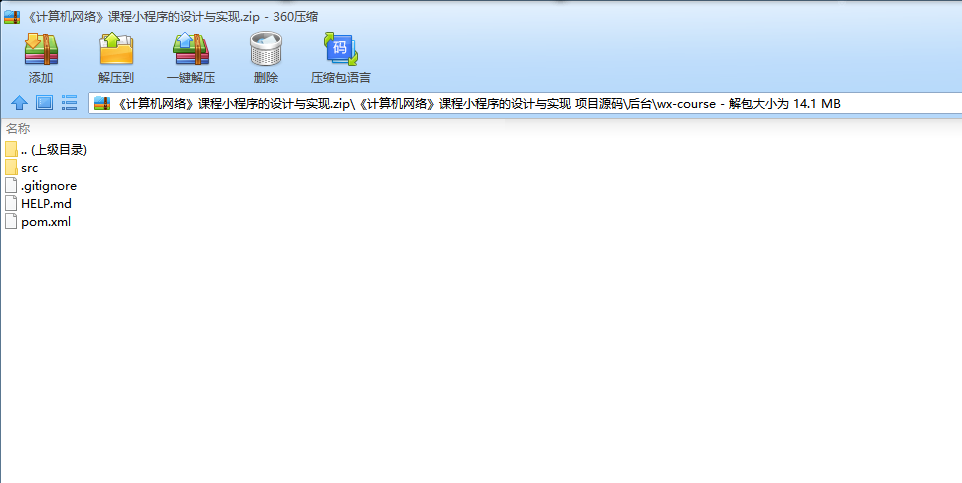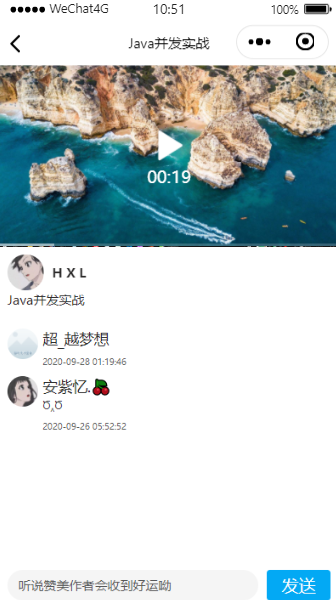《计算机网络》课程小程序的设计与实现 毕业论文+项目源码+部署教程
摘 要
随着智能移动终端设备的普及,移动端应用已经渗透于各行各业,其中在线教育移动应用中,面向计算机学科这一细分领域的移动应用还没有龙头产品。微信小程序作为微信社交"生态"的重要组成部分,具有原生APP所不具有的一些优势。将微信小程序作为《计算机网络》学习应用的载体,实现点开即用,同时可充分利用。
移动互联网技术的飞速发展和学习理念转变与更新,移动学习已成为现代教育非常重要的一部分。基于微信小程序,设计了一个《计算机网络》学习平台,包括试题,课程,社区,资讯和个人中心模块,实现了课程学习,个性化资讯推荐和交流学习等功能。
本次设计手机端小程序客户端开发软件选择为微信Web开发工具,服务端以Eclipse为开发工具,mysql为数据库软件,采用基于Web的JSP技术和B/S结构。利用JSP,HTML进行网站总体风格、界面的设计与开发,利用SSM框架进行实际的程序开发,对后台数据库进行操作。
关键词:微信小程序;课程小程序;学习平台;Java;SSM
Abstract
With the popularity of intelligent mobile terminal devices, mobile applications have penetrated into various industries, among which online educational mobile applications, mobile applications facing the subdivision of computer science have no leading products. As an important part of WeChat social ecology, WeChat Mini Program has some advantages that native APP do not have. WeChat Mini Program as the "computer Network" learning application carrier, to achieve point-to-point, and can make full use of.
With the rapid development of mobile Internet technology and the transformation and renewal of learning concept, mobile learning has become a very important part of modern education. Based on WeChat Mini Program, a learning platform of "computer Network" is designed, which includes test questions, courses, community, information and personal center modules.
This design mobile phone Mini Programs client development software selected as WeChat Web development tool, the server takes the Eclipse as the development tool, the mysql as the database software, adopts the Web based JSP technology and the B/S structure. The JSP,HTML is used to design and develop the overall style and interface of the website, and the SSM framework is used to develop the actual program and operate the background database.
Keywords: WeChat Mini Program; course Mini Programs; learning platform; Java;SSM
目 录
